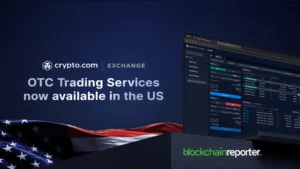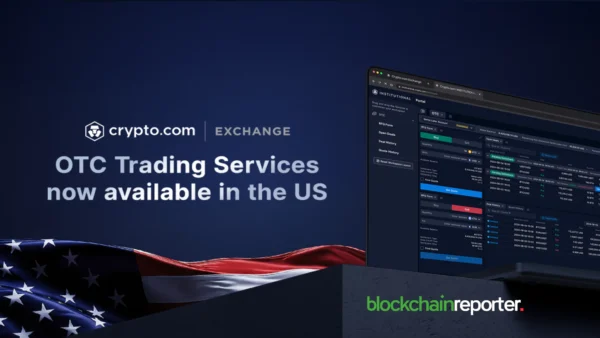
The stablecoin market is projected to be growing steadily, moving to a total capitalization of $297.05 billion by September 4, 2025.
As the digital asset ecosystem continues to develop, stablecoins, whose value is pegged to fiat currencies like the US dollar, have solidified their place as key liquidity tools. They offer a stable means of exchange and protection against the uncertainty of cryptocurrencies.
The current statistics show that stablecoins occupy 7.79% of the total market dominance of crypto, highlighting the significance of stablecoins in trading, DeFi, and cross-border settlements.
Tether (USDT) Solidifies Market Control
At the top of the stablecoin market sits Tether (USDT), holding a commanding $168.1 billion market cap. In the past 24 hours alone, it logged an enormous $105.4 billion in trading volume, underscoring why it remains the most widely used and liquid token in the stablecoin market.
With 58.93% of the stablecoin market share, USDT continues to serve as the backbone for trading pairs across both centralized exchanges and DeFi platforms.
USD Coin (USDC) Retains Second Place
Right behind it is USD Coin (USDC), the second-largest stablecoin with a market cap of $72.6 billion and a daily trading volume of $13.3 billion.
Although smaller than Tether by comparison, USDC has carved out a reputation for transparency and compliance. Its strong ties to institutions and its integration into financial services have made it a preferred option for investors seeking reliability.
Rising Contenders in the Stable Market
Stablecoin market other than the two best ones are slowly finding their niche. USDe has emerged as a formidable force, boasting of a market cap of 12.5 billion dollars with a volume of 189M daily.
In the meantime, the decentralized stablecoin DAI, regulated by MakerDAO, is one of the most significant support of DeFi.
Although it had a smaller market cap of $5.3 billion, DAI registered a whooping $17.7 billion in 24 hour trading volume, an indication of the high adoption of the currency in the liquidity pools and decentralized lending.
Expanding Role of Niche Stablecoins
There are a few niche and emerging stablecoins that are diversifying the market even more. USD1 is currently traded with market cap of $2.6 billion and $425.4 million of daily trading volume, whereas FDUSD is traded with capitalization of $1.4 billion and volume of $5.2 billion.
PayPal’s PYUSD has not been left behind either with a market capital of $1.1 billion and trading of $57 million, demonstrating how long-established players in the fintech industry are entering the stablecoin market.
The smaller tokens like USDY with the market capitalization of $690.1 million and the daily volume of $1.3 million, and USD0 with the market capital of $642.5 million and $1.2 million volume show how the ecosystem is diversified with various types of stablecoins tailoring to particular markets, exchanges, and blockchain networks.
Stablecoins as the Backbone of Crypto Liquidity
Stablecoins, especially USDT and USDC, take the lead in the market, which reflects their irreplaceable position in the cryptocurrency market. They not only act as trading tools but also facilitate cross-border payments, DeFi applications, and on-chain settlement systems. Stablecoins now form the backbone of DeFi liquidity with combined capitalization near $300 billion.
With regulatory frameworks continuing to develop around the world, they are likely to become increasingly adopted, and the rivalry between issuers is likely to drive innovation in transparency, compliance and efficiency. It is no longer a race of survival in the stablecoin market, but rather who gets the next generation of mainstream financial adoption.









